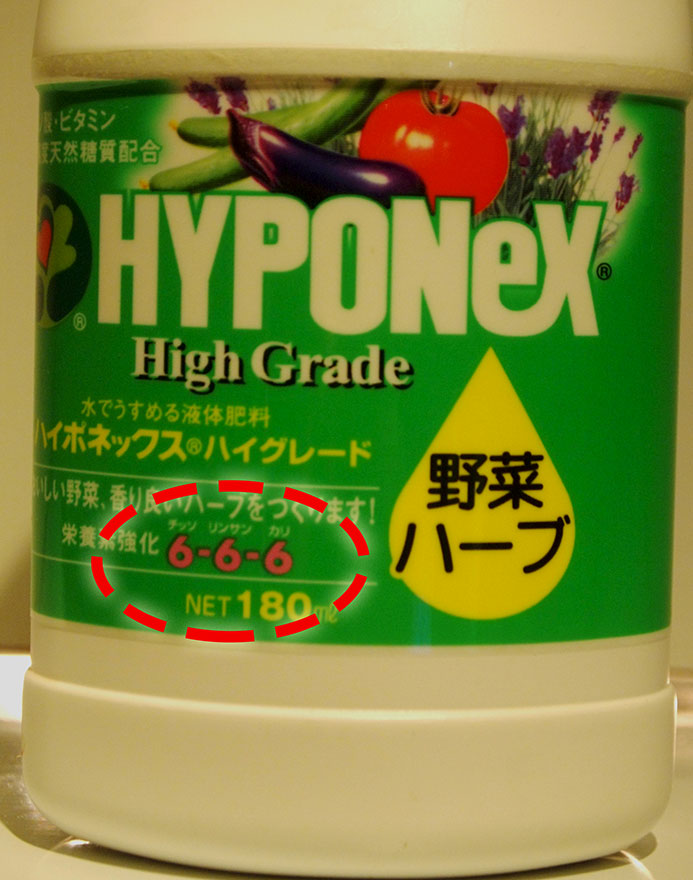Know your nutrients number
Good to Know
Based in Hong Kong, the first place you would think is to go down to Flower Street in Mongkok to get nutrients for your plants. When you are selecting nutrients for your soil or hydroponics, you will see a series of numbers in front of the nutrients. What do they mean and how do they work for your plants and flowers?
Whether organic or synthetic, the key ingredients in fertilizers are nitrogen, phosphorus and potassium, usually referred as NPK. These are the primary macro nutrients, found in any fertilizer. However, their concentration can vary considerably from one fertilizer to another. The concentration of these three main components of fertilizers are expressed as, three numbers printed on the label of a particular fertilizer. For example, if a fertilizer is labeled as 10-5-5, then it contains 10% nitrogen, 5% phosphorus and 5% potassium.
Nitrogen (N)
Nitrogen is one of the vital nutrients, required for rapid growth of plants, growth of foliage and fruits. Plants synthesize proteins from nitrogen and they also need this nutrient to develop seeds. Plants generally, assimilate nitrogen in the form of nitrate, ammonium, organic nitrogen or molecular nitrogen. Though nitrogen is vital for healthy growth of plants, an excess of it can result in overgrowth, which can make the plants weak and vulnerable to diseases and insects. Therefore, nitrogen rich fertilizers are usually applied, when the plant establishes itself.
Phosphate (P)
Plants require sufficient amounts of phosphorus for blooming and fruit production. Phosphorus is also required for growing strong roots, resistant to rot diseases, and to store energy in the form of adenosine diphosphate (ADP) and adenosine triphosphate (ATP). Fertilizers containing phosphate is usually applied on the soil before planting, and continued until the plant establishes itself.
Potassium (K)
Potassium is mainly required for strengthening the plants. A deficiency of this macro nutrient can result in stunted growth and reduced yields. Phosphorus can stimulate early growth in plants, by increasing protein production, and increase their resistance to diseases and insect damage. Potassium rich fertilizers are typically used before or during the winter period. However, it should be kept in mind that, an overuse of potassium rich fertilizers can kill the plants.
Hope this article help you as much as us, though the confusion of numbers. Now you can get the right numbers for the your plants and flowers. Enjoy!

